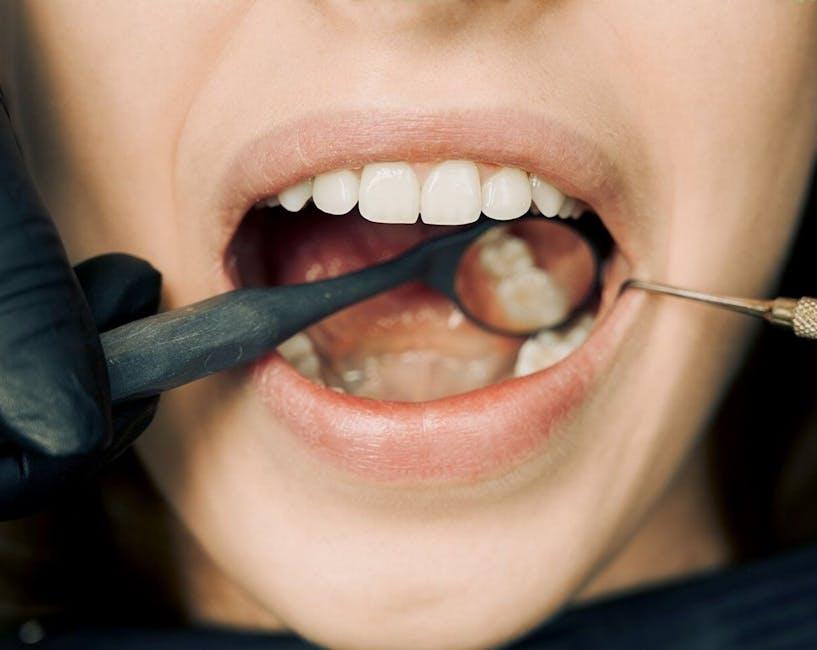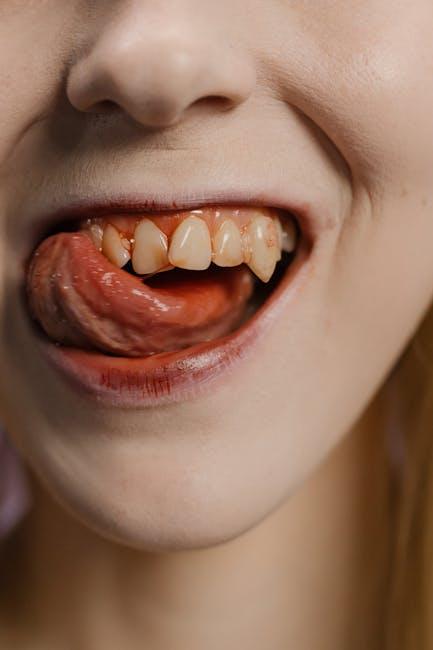
Dental CAD CAM Market Analysis: Data-Driven Insights – openPR.com
The dental industry has witnessed a significant transformation in recent years, largely driven by advances in technology. Among these, Dental CAD CAM (Computer-Aided Design and Computer-Aided Manufacturing) systems have revolutionized how dental restorations and prosthetics are designed and produced. This Dental CAD CAM market analysis dives deep into the trends, growth factors, and future opportunities shaping this dynamic sector, supported by comprehensive data-driven insights sourced from openPR.com and industry experts.
Introduction to Dental CAD CAM Technology
Dental CAD CAM technology combines digital design and manufacturing processes to create precise dental restorations such as crowns, bridges, veneers, inlays, and onlays. With CAD software, dental professionals design restorations digitally, while CAM milling or 3D printing technologies manufacture them accurately and efficiently. This method dramatically reduces fabrication time, improves product consistency, and enhances patient satisfaction.
Market Overview: Current Trends and Statistics
The global Dental CAD CAM market continues to expand, driven by the rising demand for digital dentistry, growing awareness of advanced dental treatments, and increased adoption in dental clinics and laboratories.
| Region | Market Share (%) | Growth Rate (CAGR) | Key Drivers |
|---|---|---|---|
| North America | 35% | 8.5% | Technological adoption, healthcare infrastructure |
| Europe | 30% | 7.8% | Rising demand for cosmetic dentistry |
| Asia Pacific | 25% | 10.2% | Increasing dental awareness, expanding market |
| Rest of World | 10% | 6.0% | Emerging markets and urbanization |
Key Market Statistics
- The global Dental CAD CAM market size was valued at approximately $2.5 billion in 2023.
- Projected CAGR stands steady at around 8.5% from 2024 to 2030.
- The integrate of AI and machine learning in CAD CAM systems is unlocking new innovation pathways.
Benefits of Dental CAD CAM Systems
Understanding the tangible benefits helps highlight why dental professionals are rapidly integrating CAD CAM technology into routine practice:
- Speed and Efficiency: Same-day restorations are now achievable, significantly reducing patient chair time and improving practice workflow.
- Precision and Accuracy: Digital impressions and design software lead to better-fitting prosthetics, improving patient outcomes.
- Cost-Effectiveness: Reduces reliance on traditional lab work and materials wastage.
- Customization: Enables highly personalized treatments tailored to individual patient anatomy and aesthetics.
- Enhanced Patient Experience: Digital technologies minimize discomfort and streamline treatment plans.
Drivers Fueling the Dental CAD CAM Market Growth
Multiple factors contribute to the sustained growth of the dental CAD CAM market:
- Increasing Prevalence of Dental Diseases: Oral conditions are rising globally, fueling demand for restorative treatments.
- Technological Advancements: Innovations such as AI integration, intraoral scanners, and 3D printing improve capabilities and expand applications.
- Growing Cosmetic Dentistry Demand: Patients prioritize aesthetic dental solutions, often delivered via CAD CAM systems.
- Rising Disposable Income: Especially in emerging economies, expanding middle classes boost affordability and accessibility to digital dental services.
- Government Initiatives & Healthcare Spending: Investments in healthcare infrastructure and digital transformation facilitate adoption.
Challenges and Market Restraints
While promising, certain barriers could impact the market growth:
- High Initial Investment: Purchasing CAD CAM equipment and software can be costly for small practices.
- Training and Expertise: Requires skilled personnel to operate systems effectively, posing a learning curve.
- Regulatory & Compliance Issues: Varying global standards can hinder widespread adoption.
- Material Limitations: Continuous improvement needed for dental materials compatible with CAD CAM tech.
Practical Tips for Dental Practices Implementing CAD CAM
For dental clinics planning to integrate CAD CAM technology, here are some actionable tips to maximize benefits:
- Invest in Staff Training: Regular training ensures competent use of software and machinery.
- Start with Modular Systems: Adopt phased implementation to manage costs and ease transition.
- Leverage Software Updates: Keep CAD CAM software up to date to access latest tools and functionalities.
- Partner with Technology Vendors: Build long-term relationships for support and maintenance.
- Focus on Patient Education: Promote the benefits of digital dentistry to increase acceptance and trust.
Case Study: Transforming Patient Outcomes with CAD CAM
Dr. Emily Chen, a prosthodontist based in Chicago, integrated a Dental CAD CAM system into her practice two years ago. Since implementation:
- Average restoration delivery time dropped from 2 weeks to same-day delivery in most cases.
- Patient satisfaction scores increased by over 25% due to improved comfort and aesthetics.
- Practice revenue rose by 18% due to streamlined workflows and increased patient throughput.
This example highlights the tangible impact of adopting CAD CAM technology in clinical settings.
Future Outlook: Innovations & Market Predictions
The future of the Dental CAD CAM market looks promising, with continuous innovations on the horizon:
- AI-Driven Design: Artificial intelligence will further refine restoration designs, reducing manual input.
- Cloud-Based Digital Dentistry: Enables seamless data sharing between clinics and labs worldwide.
- Biocompatible Materials: Research into new ceramic and composite materials will enhance durability and aesthetics.
- Integration with Augmented Reality (AR): AR-assisted surgeries and planning for enhanced visualization.
Market forecasts anticipate the global market could surpass $5 billion by 2030, driven by tech adoption and rising demand for high-quality dental care.
Conclusion
The Dental CAD CAM market is a dynamic and rapidly growing sector reshaping modern dentistry. Data-driven insights reveal steady market expansion fueled by technological advancements, rising patient expectations, and increasing demand for efficient, precise dental restorations. While challenges exist, the benefits to practitioners and patients alike make CAD CAM technology a worthy investment for the future of dental care.
If you’re a dental professional or stakeholder interested in leveraging the power of Dental CAD CAM technology, staying informed on market trends and innovations through reliable sources like openPR.com can provide the competitive edge you need in this evolving industry.


